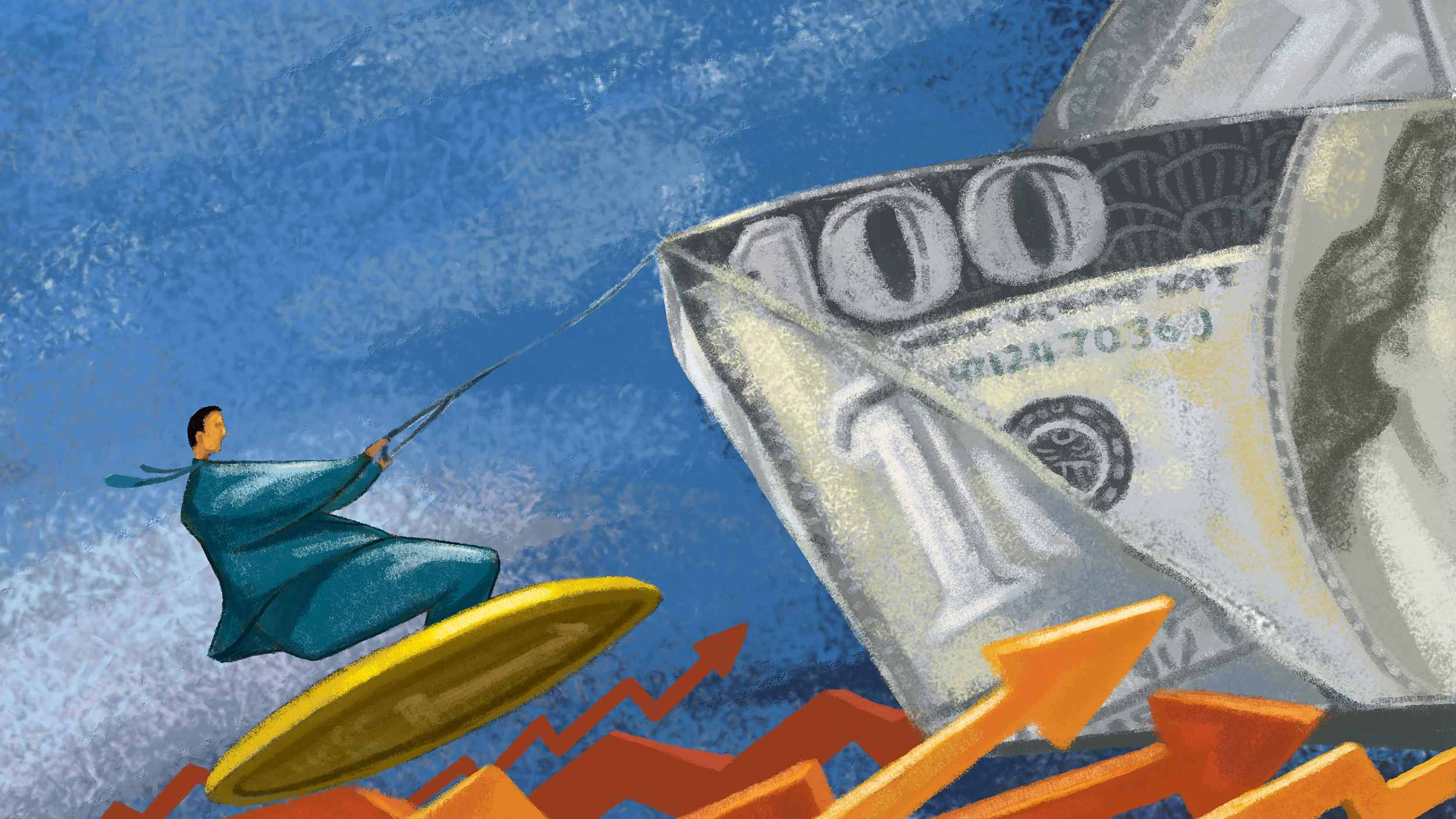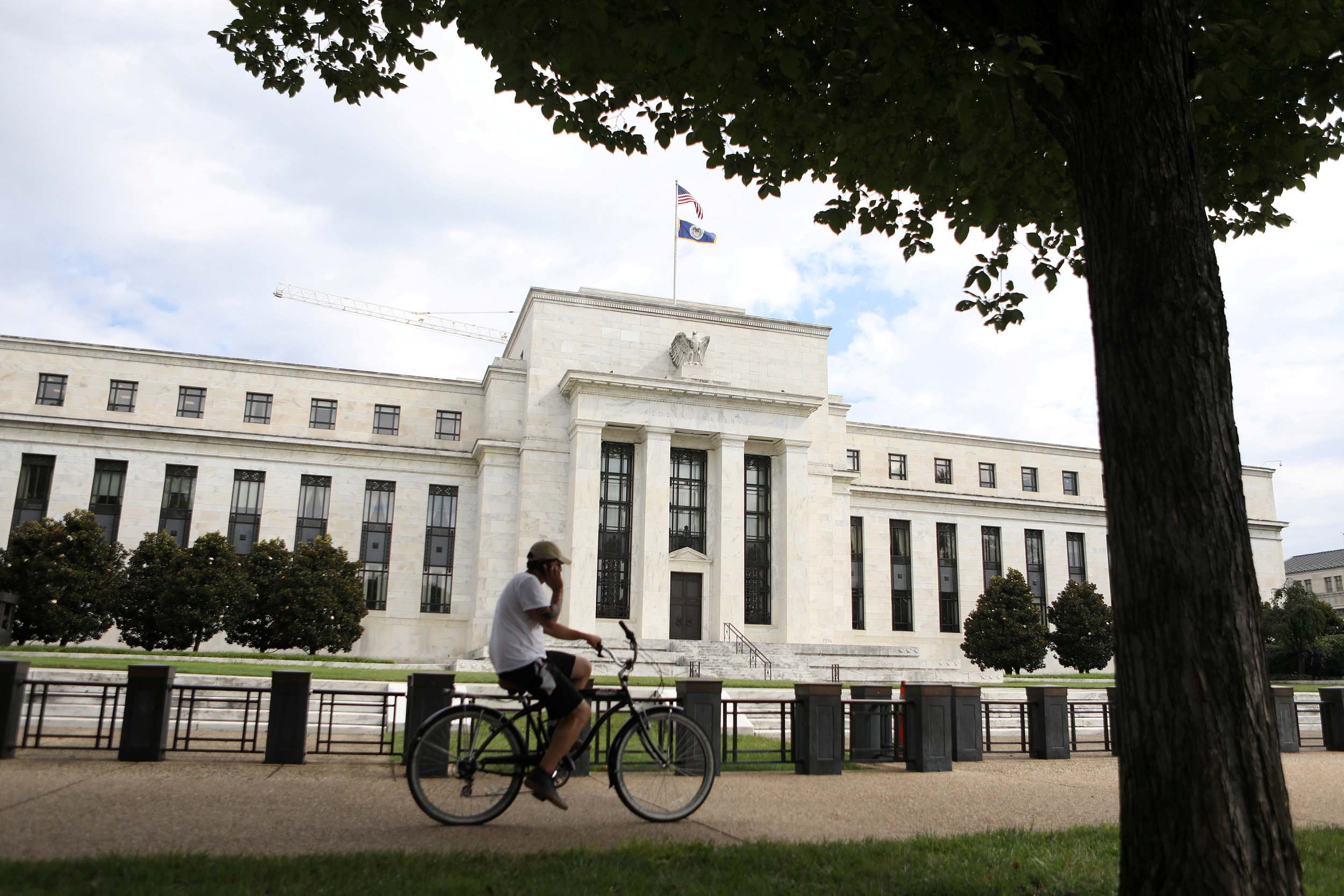
Business
16:22, 23-Aug-2018
Economists predict US economy will slow down, dragged by trade war
Updated
15:46, 26-Aug-2018
CGTN

US economic growth will slow steadily over the coming quarters after touching a four-year high in April-June, according to a Reuters poll of economists who expect President Donald Trump’s trade war to inflict damage.
Boosted in part by a 1.5-trillion-US-dollar tax cut package passed late last year, the US economy expanded at an annualized rate of 4.1 percent in the April-June quarter, its strongest performance in nearly four years.
But the latest poll of over 100 economists taken Aug 13-21 showed the US economy will lose momentum over the coming quarters to grow at less than half that rate by the end of next year.
In the current quarter, the US economy was forecast to grow three percent and then 2.7 percent in the next, a slight upgrade from the previous poll.
But the short-term boost to growth from those enormous tax cuts was expected to wane. Economists trimmed their growth projections across most quarters next year leaving the outlook broadly unchanged and vulnerable to the trade spat with China.
“The trade measures taken by the US so far and the retaliation by foreign governments will probably slow down the economy only marginally,” noted Philip Marey, senior US strategist at Rabobank.
“However, that could change in the case of a global trade war in which a range of foreign countries take protectionist measures aimed at the US, which is after all the party that is trying to change the status quo.”
Nearly two-thirds of 56 economists who answered an extra question said they have considered a damaging impact from Trump’s expanding trade war in their US growth predictions. This was in nearly identical proportion to a poll of economists covering the eurozone published on Wednesday.
The remaining 20 said the trade spat has had no influence on their forecasts, underscoring the downside risk to the outlook if trade tensions deepen.
“At this time, with what we know and believe will occur, we acknowledge that risk to the outlook is to the downside with the trade disputes. That said, we have not substantially lowered our US GDP growth outlook. Further deterioration and eventual performance could certainly change our outlook, however,” noted Sam Bullard, senior economist at Wells Fargo.
While Trump has said these trade tariffs will benefit the US economy, no economist polled by Reuters shared that view.
All the tariffs imposed and the retaliatory measures until now have been largely confined to Chinese industrial machinery, electronic components and other intermediate goods and has had only a limited impact on the US economy.
However, the next round of tariffs planned for late September are aimed at consumer products and likely to have a negative impact on the overall economy as consumer spending contributes to over two-thirds of US gross domestic product.

The Federal Reserve building in Washington. /VCG Photo
The Federal Reserve building in Washington. /VCG Photo
While the consensus suggests a slowdown in the world’s largest economy starting next year, only one of over 100 economists polled predicted an outright recession in 2020.
Despite the risks emanating from trade tensions, the Fed is still forecast to raise interest rates by 25 basis points in September and once more in December, taking the fed funds rate to 2.25-2.50 percent by end-2018.
For next year, though, economists forecast only two rate hikes compared to three suggested by the US central bank’s own “dot plot” projections.
“The fading impulse from fiscal policy and impacts from trade uncertainty are a 2019 story...and the Fed will be focused on how its outlook is tracking today and how financial conditions are evolving,” noted economists at Morgan Stanley.
“Feeling no pain from its actions thus far, monetary policymakers are inclined to continue hiking.”
Source(s): Reuters

SITEMAP
Copyright © 2018 CGTN. Beijing ICP prepared NO.16065310-3
Copyright © 2018 CGTN. Beijing ICP prepared NO.16065310-3